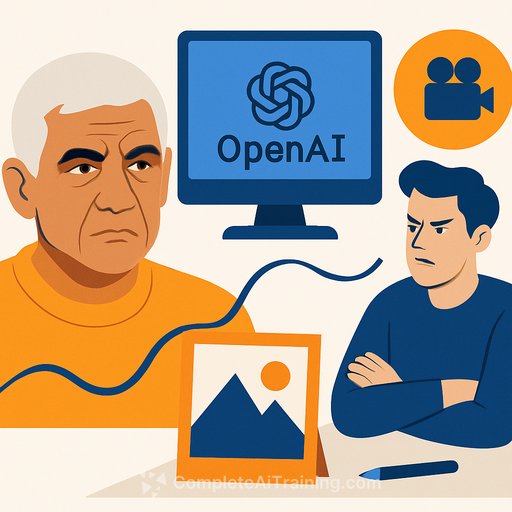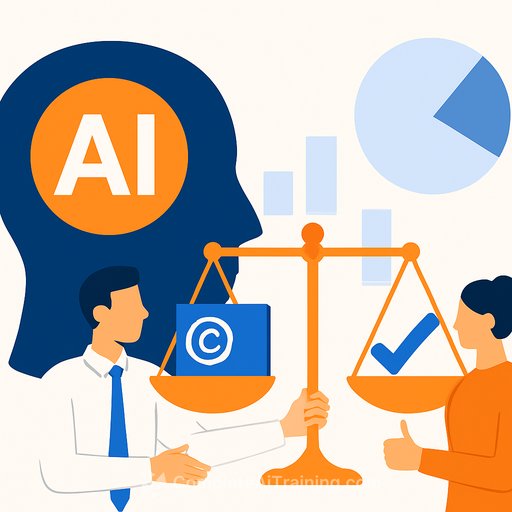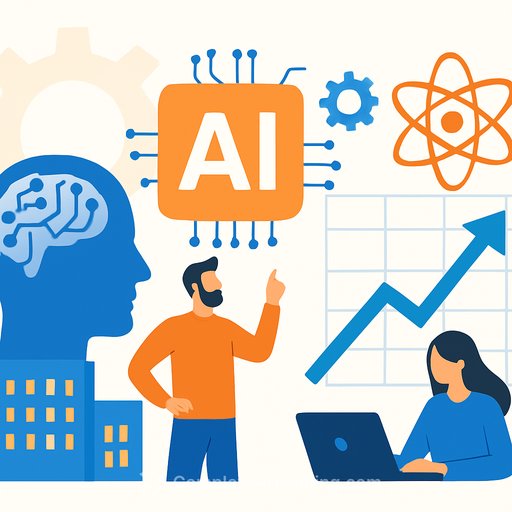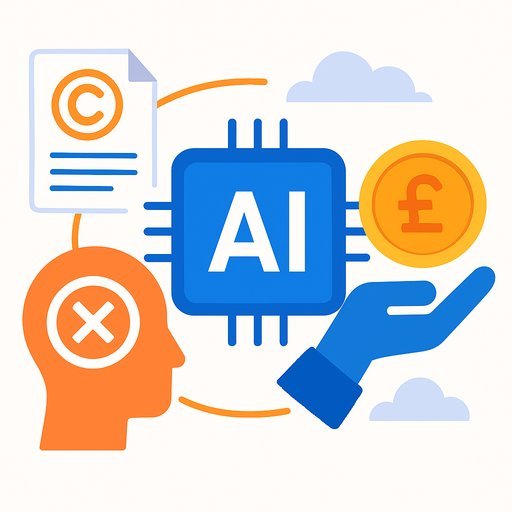Vinod Khosla calls "AI slop" critiques of OpenAI Sora "tunnel vision"
OpenAI's Sora 2 has triggered strong reactions: an influx of hyperrealistic AI videos on social feeds and a chorus calling it "AI slop." Vinod Khosla, a long-time backer of OpenAI and founder of Khosla Ventures, pushed back, framing the outrage as familiar resistance to new tools.
What Sora 2 is-and why it's stirring debate
The Sora app lets anyone generate and share AI videos in an Instagram-like feed. That accessibility is exactly what worries some creatives: the fear that low-effort output will crowd out original work and erode trust in what's real.
Curious about the model itself? See OpenAI's overview of Sora for context and capabilities. OpenAI Sora
Khosla's take: let the audience decide
Khosla called critics "tunnel vision creatives," arguing that quality wins in the long run. "Let the viewers of this 'slop' judge it, not ivory tower luddite snooty critics or defensive creatives," he wrote on X.
He compared the backlash to the pushback against digital music in the '90s and digital photography in the 2000s. His view: "There will be a role for traditional video still but many more dimensions of creative video thru AI."
For creatives: how to respond, not react
You don't win by ignoring new tools or by copying what everyone else posts. You win by using them to compress time and amplify your taste-then shipping work only you can make.
A practical playbook
- Previz, don't publish: Use Sora 2 for mood boards, animatics, and fast concept tests. Save final polish for your core craft.
- Set constraints: Define style guides, palettes, lenses, and motion rules. Iterate prompts against a fixed creative direction.
- Hybrid production: Blend live action, 3D, and AI clips. Treat AI shots as pickups, transitions, and establishing scenes.
- Narrative first: Lead with story beats and pacing. If the idea is flat, higher fidelity won't save it.
- Proof for clients: Create low-cost prototypes to sell a vision before committing budgets to location, talent, and VFX.
- Credit and consent: Disclose AI use, avoid likenesses you don't have rights to, and get approvals in writing.
- Maintain trust: Add on-screen cues or captions when a scene is AI-generated and keep raw project files for audits.
Risks to plan for (not reasons to stall)
- Misinformation: Mislabeling erodes credibility. Add clear disclosures and keep version histories.
- Style scraping: Don't mimic living artists without license. Build your own signature lookbook.
- Distribution drag: Platforms may throttle or flag AI content. Optimize metadata, captions, and context around each post.
- Team workflows: Set folder structure, naming, and prompt logs so collaborators can reproduce shots reliably.
Opportunity: better ideas, faster
Sora 2 lowers the cost of iteration. That makes taste, story, and concept even more valuable. The moat isn't the tool; it's your perspective and the discipline to ship work people care about.
Who is Vinod Khosla?
Vinod Khosla is an Indian-American billionaire entrepreneur and investor, best known as co-founder of Sun Microsystems and founder of Khosla Ventures. He was born in Delhi in 1955, studied at IIT Delhi, then earned advanced degrees from Carnegie Mellon and Stanford. His net worth is estimated at $11 billion, making him one of the wealthiest IIT alumni. Forbes profile
Level up your AI video workflow
If you're mapping tools for concepting, previsualization, and delivery, explore curated options for generative video and creative pipelines. Generative video tools
Your membership also unlocks:






